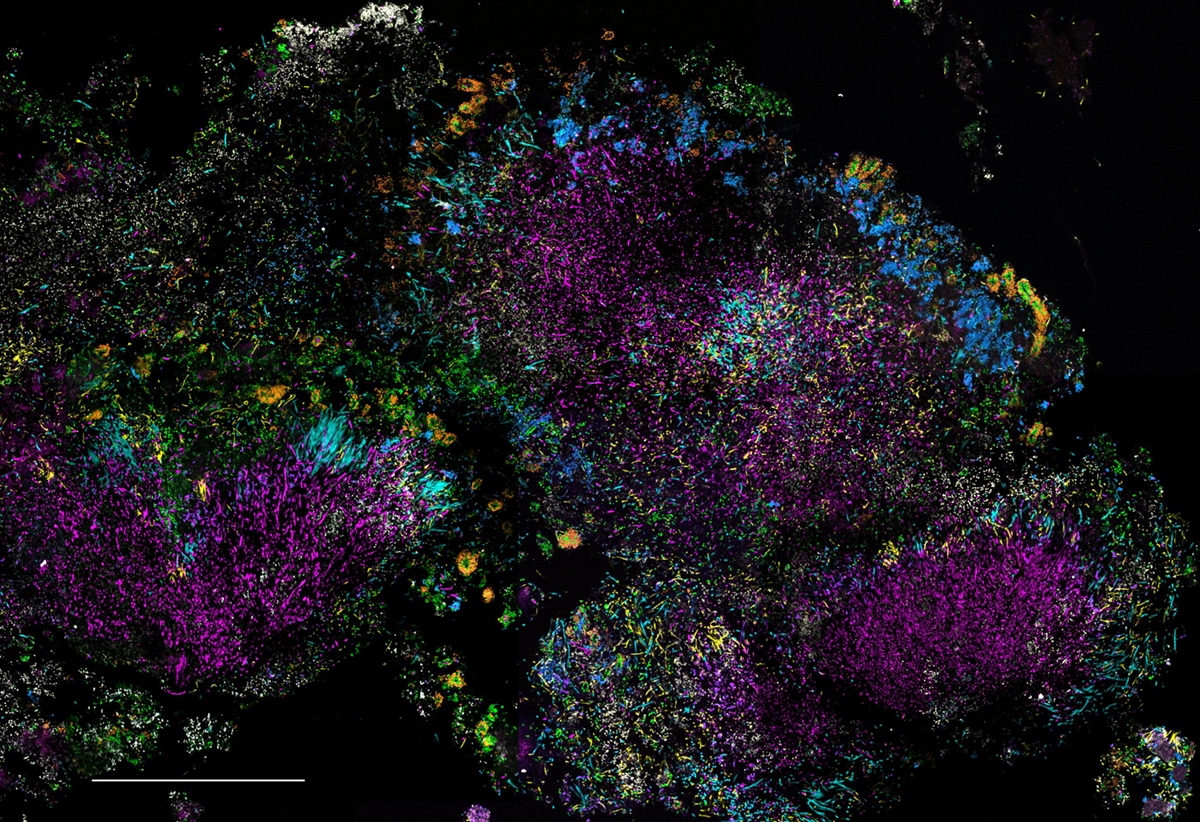Hands-On History at the Marine Biological Laboratory | History of Science Society

The MBL McDonnell Initiative, which engages historians, philosophers and scientists in joint explorations and research, held a collaborative workshop last fall on “The Life Cycles of Microscopic Imaging in Biology.” Three early-career historians of science -- only one of whom had hands-on microscopy experience beyond high school -- worked intensively with MBL scientists, experts from the Central Microscopy Facility, and librarians with the intent of discovering "novel questions about the history and practice of microscopy." The workshop was conceived and organized by Karl Matlin of the University of Chicago and MBL McDonnell Foundation Fellow Kate MacCord. Below, the three students describe the fruits of their MBL collaboration. "What we learned in four days would have taken each of us individually weeks, if not months and a small fortune in laboratory equipment to achieve."

How much science does a historian of science need to know? Some of us come in with PhDs in the sciences, some become what Bruno Latour called “artificially uninformed” so that they can learn as much as possible, and the remainder of us learn on the fly. With the current emphasis on the analysis of scientific practice and the scientist’s encounter with material objects, as well as the continuing emphasis on tools and instruments, more historians are participating in the laboratory experience as a way of gaining analytical insight that supplements archival, written sources. Read more of the article here.
Source: Hands-on HPS at the Marine Biological Laboratory | History of Science Society